1. Candle Making

In times before electricity, people needed to know how to make their own light. Candle making was a crucial skill, especially during long winter nights. Families would gather around the hearth and create tallow candles, which were made from animal fat, or beeswax if they were lucky. This skill ensured that people could have light in their homes when the sun went down, and it also provided a necessary tool for cooking, cleaning, and even reading at night shares Wikipedia.
While the process might seem simple today, back then, it was an art. Families often had specific molds passed down through generations, creating uniquely shaped candles for different occasions. The skill was vital not only for daily survival but also as a way to create warmth and comfort in an otherwise dark and cold world adds Smith College.
2. Fire Starting
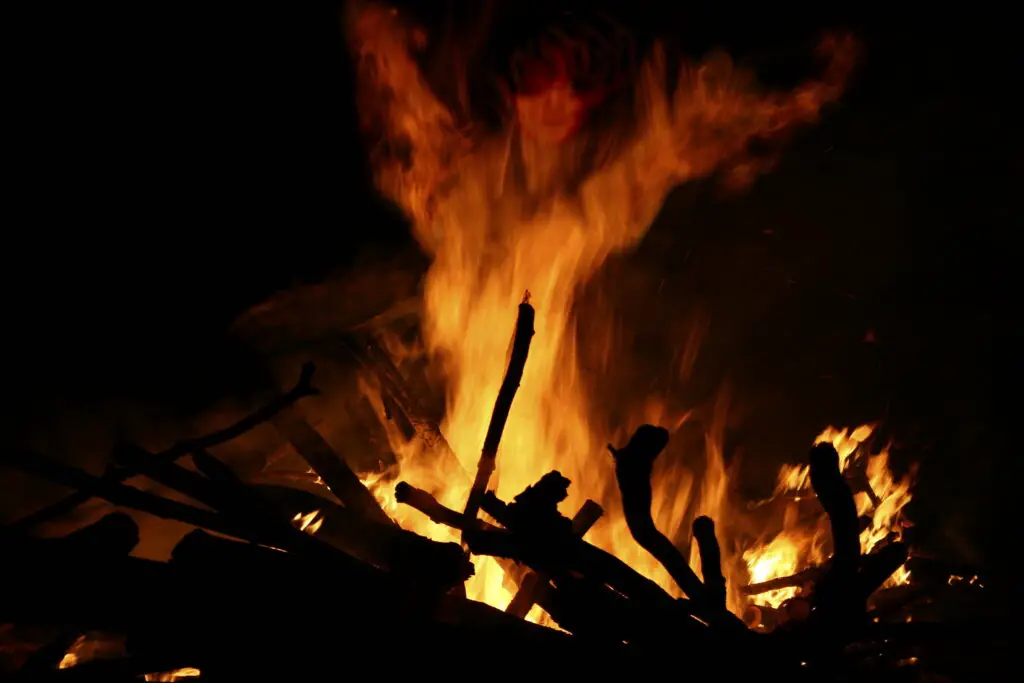
Starting a fire might seem like second nature now, but before the convenience of lighters and matches, it was a skill that everyone had to learn. Whether using flint and steel or a bow drill, people were resourceful in finding ways to ignite a fire. Fire starting was essential for warmth, cooking, and even warding off predators in the wilderness. Without fire, life could be miserable, especially in colder climates shares Science Museum.
In addition to the practical aspects, fire starting also had cultural significance. Many indigenous tribes had spiritual ceremonies centered around fire-making rituals. Learning how to build a fire from scratch taught patience, attention to detail, and a deep respect for nature adds OCNJ Daily.
3. Forging Metal
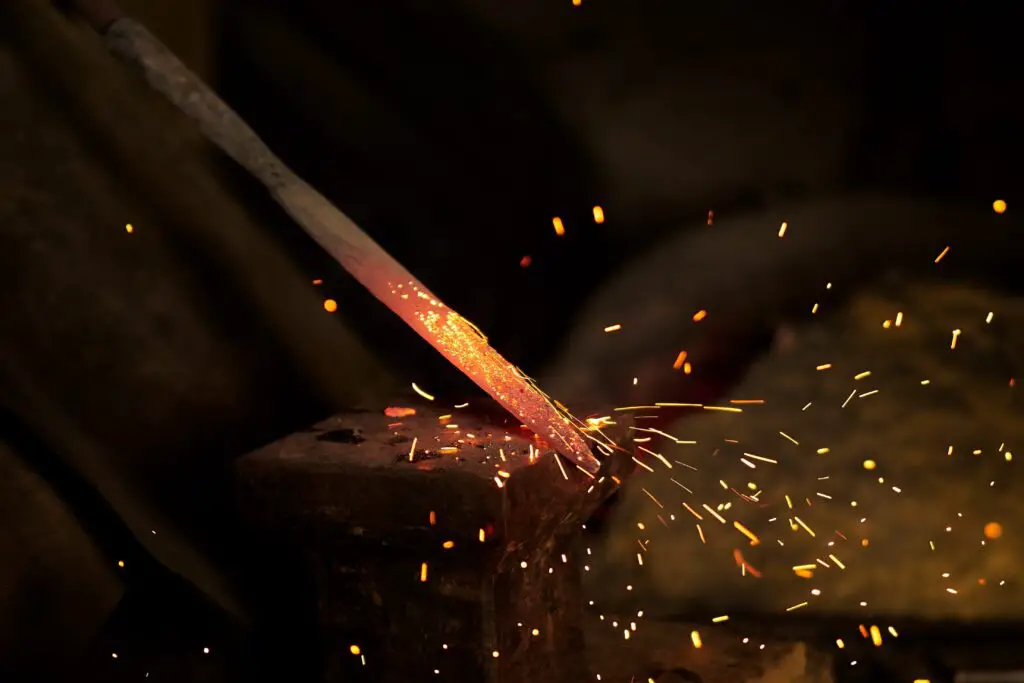
Before modern factories, people needed to be able to make their own tools, weapons, and even household items. Blacksmithing and forging metal were essential skills, often passed down through generations. It wasn’t just about shaping iron into nails and horseshoes; blacksmiths also created knives, cooking pots, and anything else that required durability.
Mastering this skill meant the difference between survival and struggle in many societies. A blacksmith’s forge was the heart of many communities, and their knowledge of different metals and heat control was invaluable. The art of forging was not only about practicality but also about shaping the future of the tools that society relied on.
4. Preserving Food

Before refrigeration, people had to rely on preservation techniques to keep food from spoiling. Canning, pickling, drying, salting, and smoking were all essential methods that people learned early on. These techniques ensured that families could survive through the winter months when fresh food was scarce. Learning how to properly preserve food was crucial for not only survival but also for maintaining a sense of abundance year-round.
It wasn’t just about preserving food for the immediate future either. People needed to plan ahead, creating large stocks of dried fruits, vegetables, and meats to weather through tough seasons. Those who mastered food preservation were seen as essential members of their communities, as they could help feed entire neighborhoods during times of scarcity.
5. Sewing and Mending Clothes
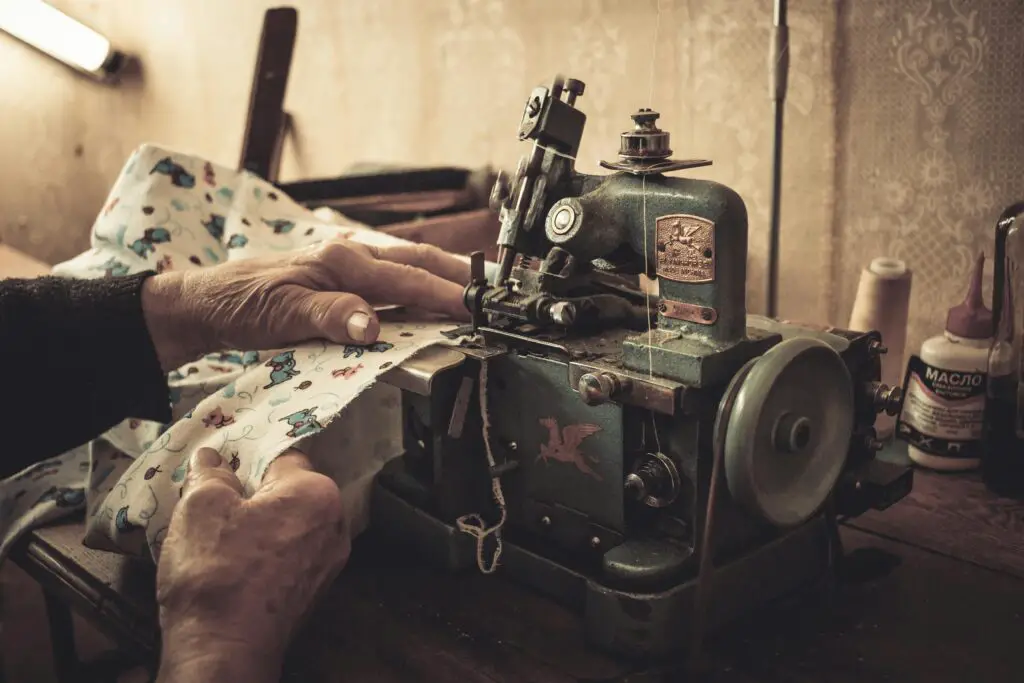
Before the advent of mass-produced clothing, people needed to know how to sew, mend, and create their own garments. Tailoring wasn’t just a profession; it was a necessity. Everyone from farmers to aristocrats relied on personal sewing skills to repair their clothes, patch holes, and even create new items from scratch. In an era where buying a new shirt wasn’t an option, sewing could mean the difference between having clothes to wear and going without.
Not only did sewing ensure that people had functional clothing, but it also allowed for creative expression. People could personalize their outfits, reflect their status, or show off their talents through embroidery or intricate stitching. This skill was as much about survival as it was about style.
6. Woodworking
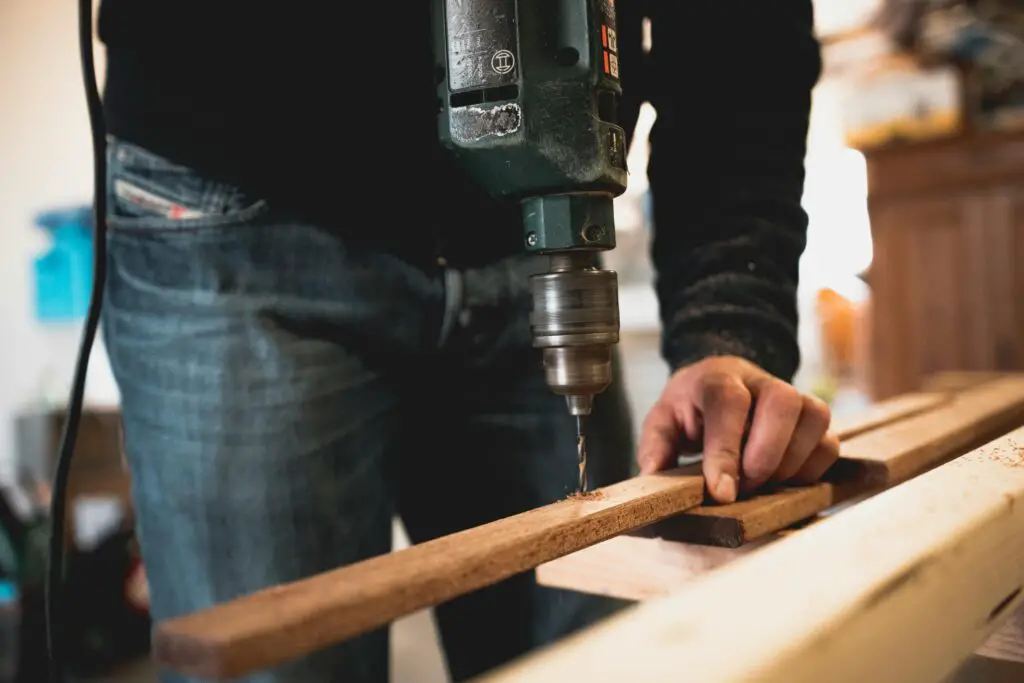
Woodworking was a skill that everyone had to learn at some point, especially in rural communities. From crafting furniture to building entire houses, woodworking was essential for creating the tools and structures that made life functional. Many households relied on wooden furniture and tools, which were often crafted by hand rather than bought in a store.
People needed to know how to shape, carve, and join wood to make furniture, tools, and even toys. The importance of this skill stretched across all aspects of life, from building shelters to creating farm implements that would help people feed their families. Mastering woodworking meant being self-sufficient in a world where buying new items wasn’t always an option.
7. Navigating Without Maps
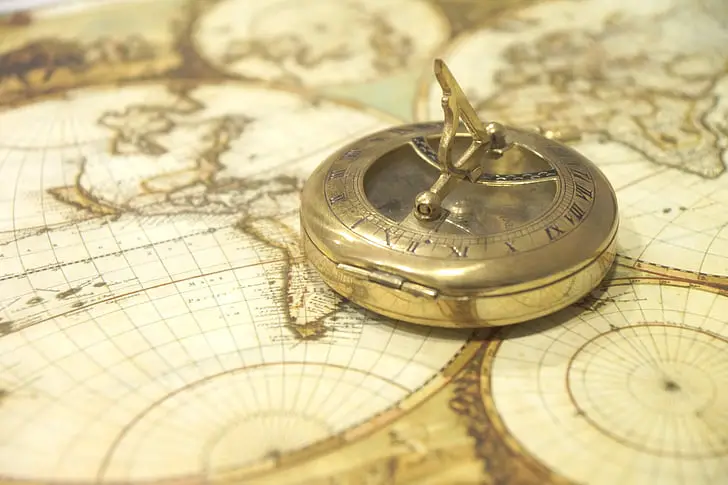
Before GPS and modern navigation systems, people had to rely on the stars, natural landmarks, and other traditional methods to find their way. Whether traveling on foot, horseback, or boat, people had to develop an acute sense of direction. They would study the stars, the position of the sun, and even the winds to guide them to their destinations.
This skill was invaluable, especially for explorers and traders. Knowing how to read the land and skies was crucial not only for travel but also for survival. People had to adapt to their environment, becoming familiar with the natural world in ways that most of us no longer consider.
8. Herbal Medicine

Before modern medicine, people relied heavily on the healing properties of plants to treat illness and injury. Herbal medicine was an essential skill that individuals needed to know for treating everything from colds to broken bones. People would forage for plants, leaves, and roots to make teas, tinctures, and poultices that could alleviate pain and promote healing.
This knowledge was passed down through generations, with each family having its own set of remedies that had been tried and tested. Many cultures around the world still hold onto these traditions, as herbal remedies are often seen as safer and more natural alternatives to synthetic drugs. Understanding how to use the plants around you could literally mean the difference between life and death.
9. Butchering Animals
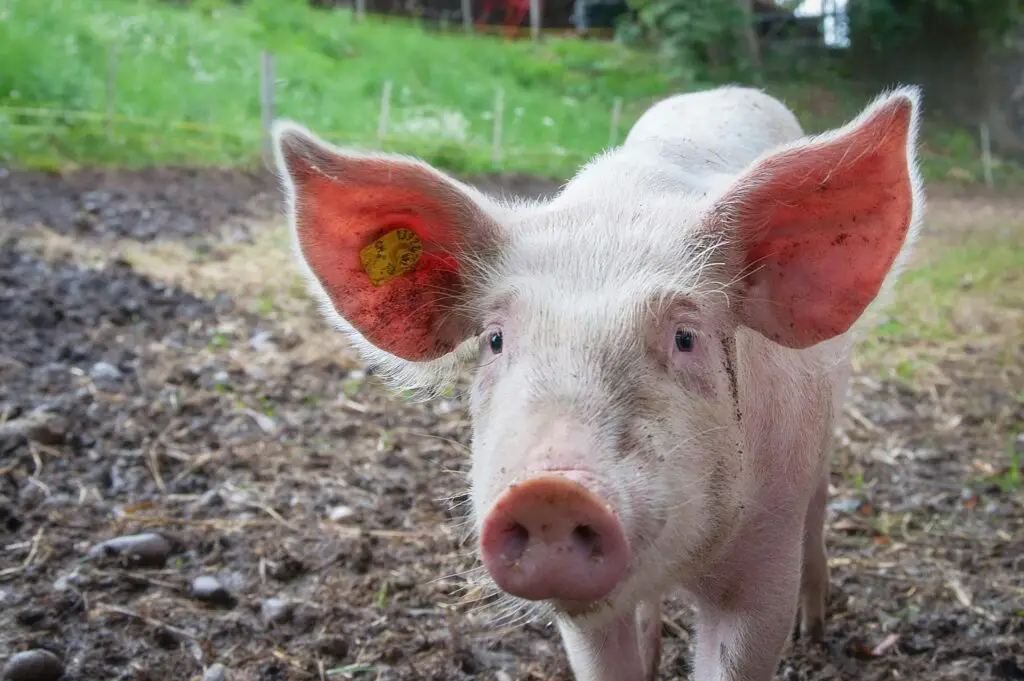
For those living in rural or farming communities, butchering animals was a vital skill. It wasn’t just about slaughtering and preparing meat; it was also about using every part of the animal efficiently. People learned how to prepare meat, make sausages, and preserve it for long-term storage. Additionally, they had to understand the right time to slaughter animals based on their health and age to ensure the best quality meat.
Butchering was an art that involved skill, precision, and a deep respect for the animals that provided sustenance. It wasn’t just a job; it was a family responsibility, often taught to younger generations by elders who had years of experience.
10. Fishing and Hunting

In rural areas, fishing and hunting were not just recreational activities; they were vital for putting food on the table. Families relied on these skills for sustenance, and mastering the art of fishing and hunting required patience and strategy. People needed to know the best times to hunt certain animals or fish specific waters for the best yield.
This knowledge was passed down from one generation to the next, with many families becoming experts in tracking animals, setting traps, or casting lines. The relationship between humans and nature was built on mutual respect, with hunters and fishermen learning to work in harmony with the environment to ensure sustainability for future generations.
11. Making Shoes

Before factory-made shoes, people had to know how to make and repair their own footwear. Leatherworking was an essential skill for anyone in need of sturdy shoes to protect their feet, whether they were working the fields or walking long distances. A cobbler would often make shoes from scratch, ensuring that each pair fit comfortably and lasted for years.
Beyond making shoes, people had to learn how to care for them. Shoe repair was a regular task that kept footwear functional, as people couldn’t afford to throw away shoes that had worn down. This knowledge ensured that people could maintain their only means of foot protection through both wear and tear.
12. Reading the Weather
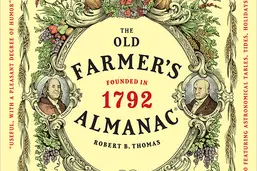
Before meteorology, people had to be able to predict the weather just by observing nature. Farmers and sailors, in particular, had to rely on subtle clues from the environment to know when it was time to plant crops or set out to sea. The color of the sky, the behavior of animals, and the direction of the wind were all important indicators.
These skills were honed over years of experience and became integral to survival in many rural areas. While we now rely on technology to tell us the weather, those who could read the signs of nature were often the most successful in their trades.
